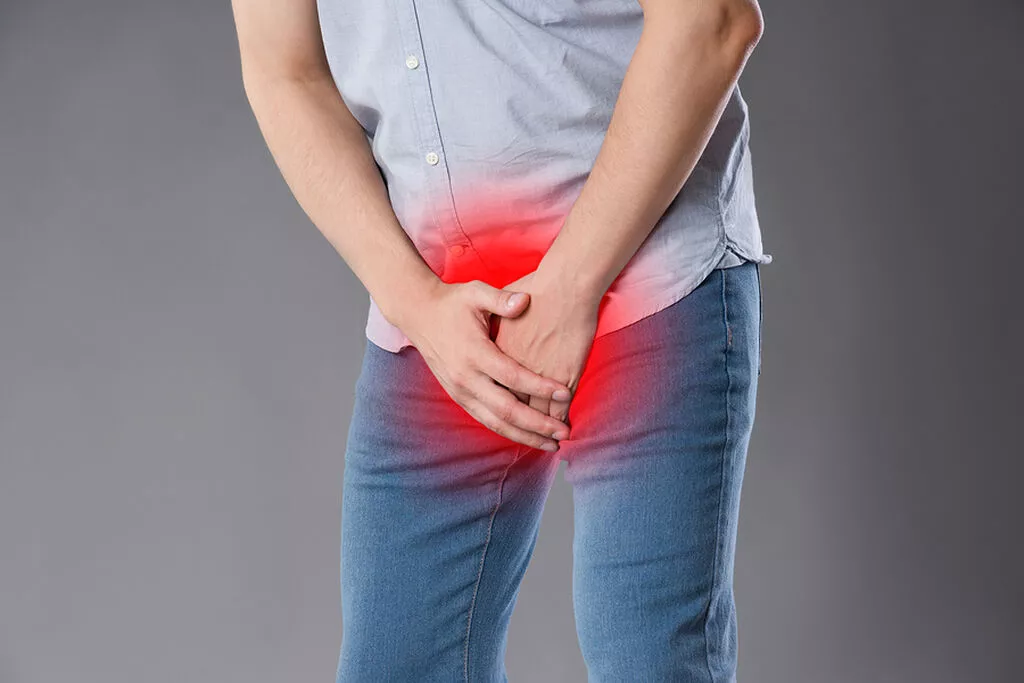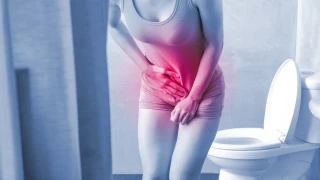
Overactive Bladder
- Overactive Bladder
It is a chronic disease that causes sudden urge to urinate and sometimes incontinence. It adversely affects the quality of life of the person physically, socially and psychologically. In fact, according to studies, the quality of life of patients with overactive bladder is lower than that of diabetes patients. It is more common in women than men, patients report going to the toilet more than eight times a day.
- Restriction in physical activities
- Avoiding sexual intercourse
- Workforce loss
- Not leaving home, inability to participate in social environments
- Decreased self-esteem, depression
- It can cause conditions such as disruption in sleep patterns.
To prevent or hide urinary incontinence, patients take precautions such as using pads, restricting fluid intake, using dark clothes, and sitting close to the toilet.
Aiming for a full recovery for OAB is unfortunately unrealistic, but behavioral therapy and pharmacological therapy are used to relieve symptoms. Behavioral therapy consists of training the bladder (pelvic exercises, kegel exercises) and making lifestyle changes.
LIFE STYLE CHANGES:
- Reducing the consumption of beverages that require frequent toileting, such as coffee, tea, cola
- Avoiding heavy exercises
- Balancing fluid intake
- Avoiding smoking and overeating




